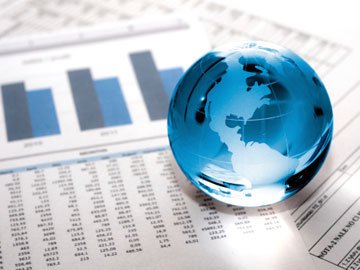
ETFs continue to grow in popularity, and your advisor may have recommended them.
Here are some of the strategies he or she will use to ensure you get what you ask for, and at a reasonable price.
HOW AND WHEN TO TRADE
First, when trading, an advisor will use limit orders instead of market orders. This lets her retain control over the purchase price.
“If an ETF is currently trading at $25 and you put in a limit order to buy at $25.01, you’ll only get executed on $25.01 or better. The same is true on the sell side: it sets the lowest price at which your units will sell,” notes one industry product manager.
Market orders work the opposite way, with time taking priority. Orders are filled right away at the price being paid at that moment. So there’s no price protection for the seller.
Second, ETFs should be traded when the market for the underlying basket of securities is open.
“Any time a market isn’t open, the market maker is going to have to cover his risk because he can’t buy the underlying stocks in real time,” he adds.
Say a client gives an order to buy or sell an ETF. Now, imagine eleven hours has to pass before a market trading those underlying securities will open. Events like natural disasters or elections can happen in the interim, which effects the price of the basket of securities when that market does open.
That’s why a lot of traders will hold off trading Asia-Pacific ETFs until 3 p.m. eastern time. It shortens the gap between trading opportunities and lowers the risk for traders. Likewise, anything with a predominantly European exposure should be traded before 11 a.m.
Commodity markets, meanwhile, have their own sets of trading hours. For instance, gold futures stop trading at about 2 p.m. eastern time. And electronic trading continues after major markets close, but there’s far less volume so it may be hard to buy or sell at the desired price.
